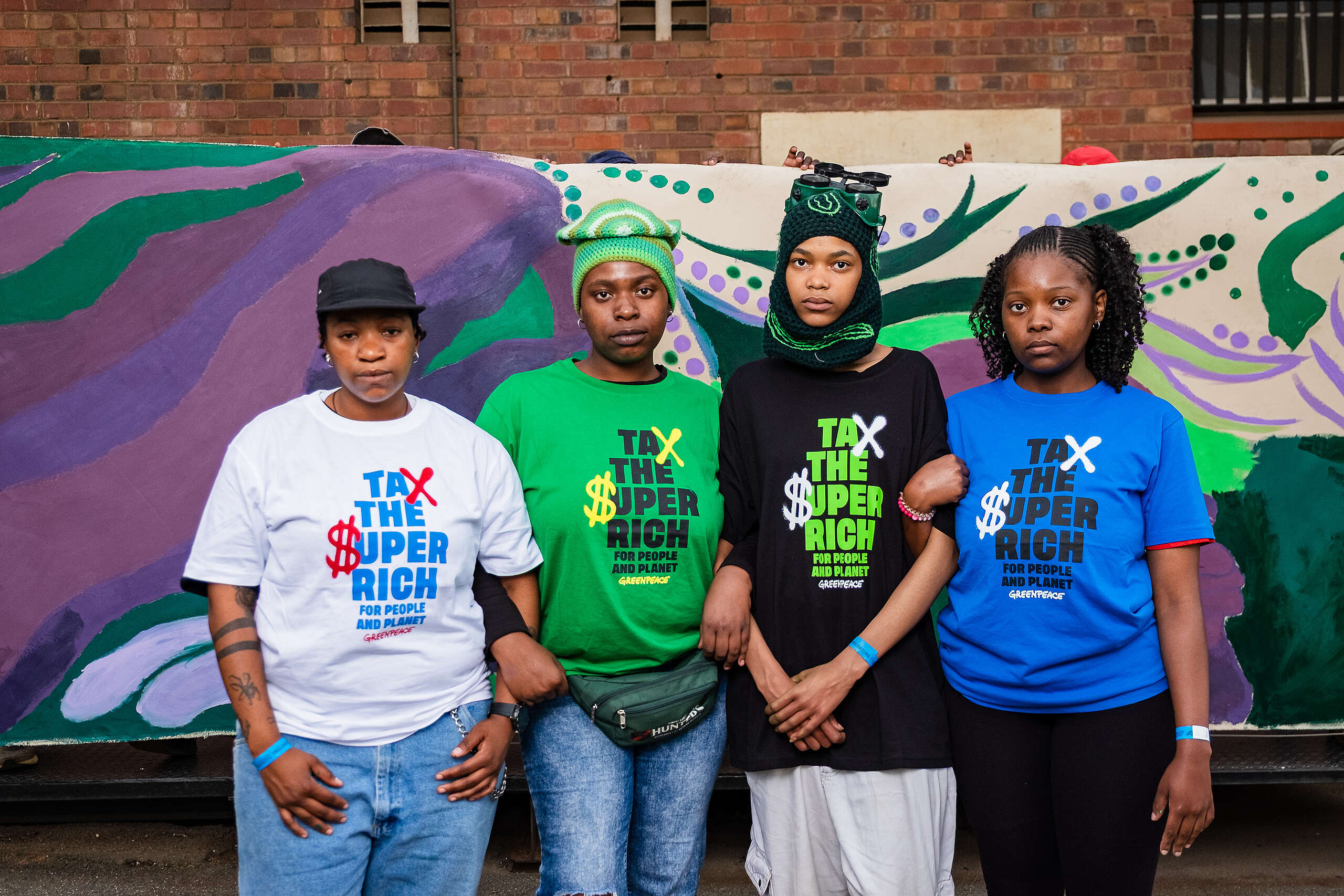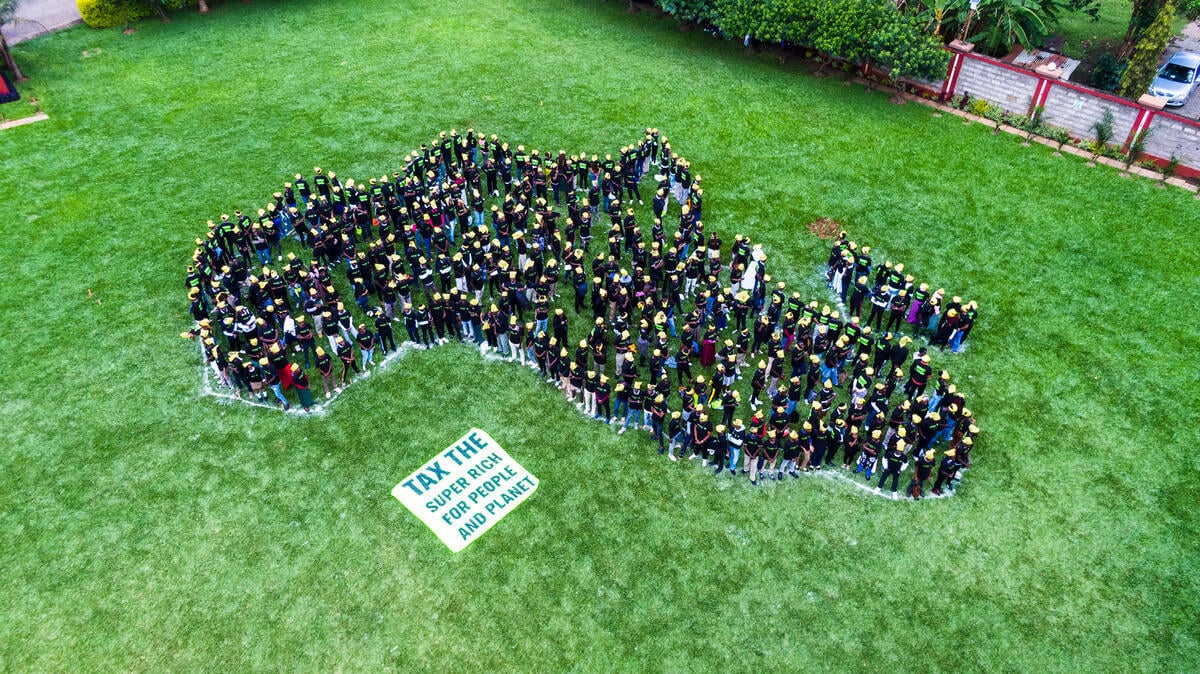The latest IPCC climate science report emphasises the importance of climate action grounded in justice. In this post, Amrekha Sharma of the Climate Justice & Liability Project reflects on the significance of some key findings for climate justice advocacy.
“The weather, which we had learned and predicted for centuries, had become uggianaqtuq—a Nunavut term for behaving unexpectedly, or in an unfamiliar way. Our sea ice, which had allowed for safe travel for our hunters and provided a strong habitat for our marine mammals, was, and still is, deteriorating. I described what we had already so carefully documented in the petition: the human fatalities that had been caused by thinning ice, the animals that may face extinction, the crumbling coastlines, the communities that were having to relocate—in other words, the many ways that our rights to life, health, property and a means of subsistence were being violated by a dramatically changing climate.”
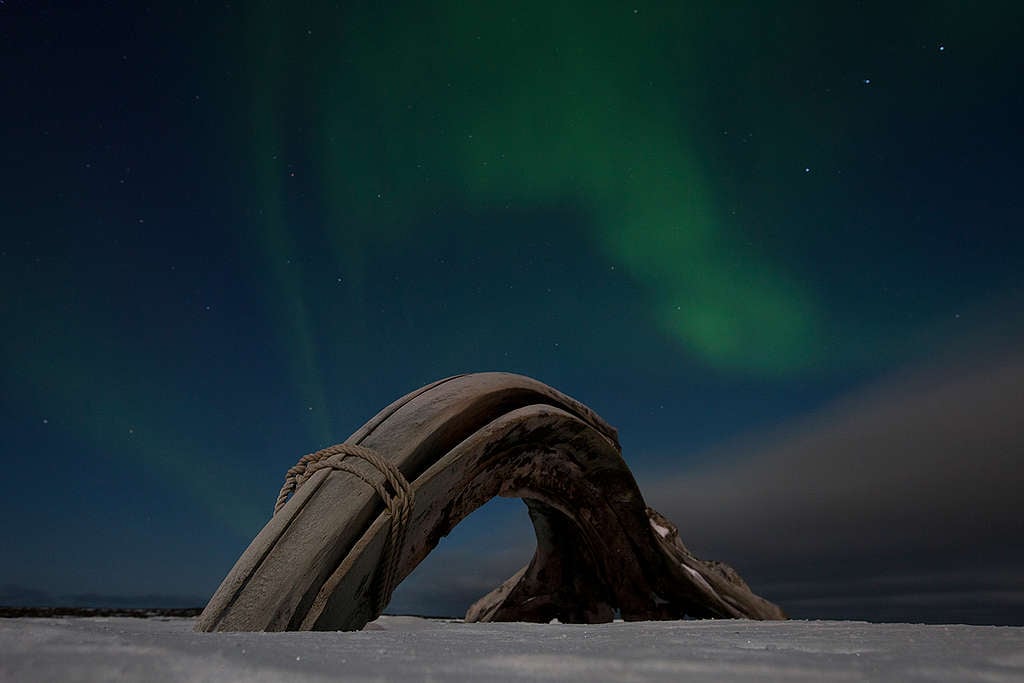
In her compelling story, The Right to Be Cold, Inuk leader, Sheila Watt-Cloutier described her testimony to the Inter-American Commission of Human Rights. She brought the Inuit petition in 2005, one of the world’s first climate justice cases, on behalf of all Inuit of the Arctic regions of the United States and Canada who were experiencing human rights violations from climate change. The petitioners believed that if you protect the rights of the Inuit hunter on the ice, you would protect the “sentinels of climate change” and the “world’s early warning system.” They called on the protection of various sources of human rights law. They summoned the authority of the world’s scientists in the IPCC 2004 Arctic Climate Impact Assessment. They detailed the impacts of climate change they had been experiencing. But the Commission decided in 2006 that it was not possible to process the petition, because it could not determine whether there had been a violation of their human rights based on this information. They were unable to ‘see’ these “alleged facts” as human rights violations.
“Climate responses must centre justice”
The IPCC’s reports on climate science have evolved since that time. Mary Robinson said, “if there is a climate change problem, it is in large part a justice problem [1].” She said that “to deal with climate change we must simultaneously address the underlying injustice in our world and work to eradicate poverty, exclusion, and inequality [2].” Part of that injustice has been a refusal to listen to what communities living with climate impacts like the Inuit saw, felt and knew long before the IPCC reports confirmed it. So, it is no small thing that the world’s climate scientists choose to not only acknowledge, but to centre the “justice problem” in different ways in the recently released IPCC WGII report.
i) Diversity of knowledge
There are important implications for climate justice advocacy as a result of braiding other ways of knowing together with climate science. The IPCC report centred the value of diverse forms of knowledge, including millennia of Indigenous knowledge on environmental adaptation [3] and local knowledge, to not only understand and evaluate adaptation actions that reduce risks from climate change [4], and enhance resilient development [5], but to avoid the pitfalls of maladaptive actions [6] such as deploying unproven technological ‘solutions’. What counts as “knowledge,” “science” and “truth,” whose knowledge counts as such, and who decides are questions of power that sit at the heart of climate justice. With its spotlight on a diversity of knowledge, the report reminds us that, to borrow from Arundhati Roy, there have never been “voiceless” people, only those “preferably unheard [7].” The Inuit petitioners asserted that through their Qaujimajatuqangit, or IQ–a living, generational body of knowledge about their environment–they knew their land, and the land was changing. The Black Summer bushfires of 2020 lifted the knowledge and fire practices of First Australians as part of a new paradigm in “caring for country.”
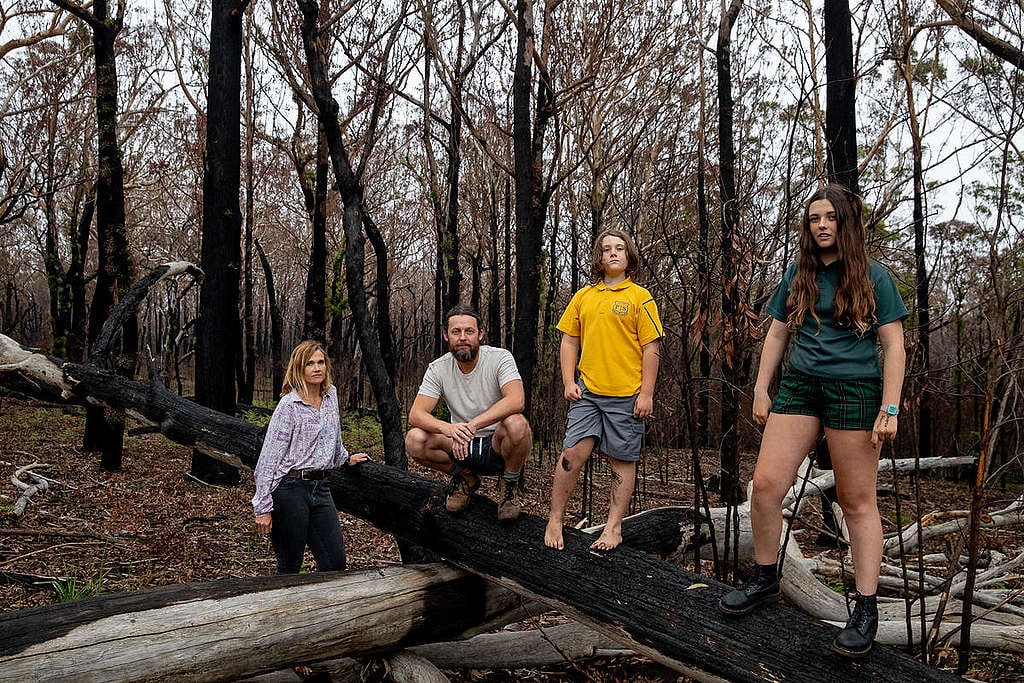
ii) Historical patterns of inequity
The IPCC also recognises that people’s vulnerabilities to climate change are driven by “patterns of intersecting socio-economic development, unsustainable ocean and land use, inequity, marginalization, historical and ongoing patterns of inequity such as colonialism, and governance [8].” This is like looking through a wide-angle lens with a time-lapse function on climate impacts, and it reveals more inconvenient truths: vulnerability to climate change is not an unfortunate accident authored by an invisible hand in the sky. It is the result of choices made again and again, by some with power over generations. Climate change–previously framed predominantly as a scientific problem, and an economic problem– when properly situated in its historical context as the IPCC recognises, is an international justice problem.
Different questions appear, and some are questions that advocates in climate and social justice movements around the world have long asked: why are some countries ‘developing’ and some ‘developed’? How did the latter acquire such wealth and power to eventually destabilise Earth’s life support systems? Who is responsible for taking the boldest actions first? “Loss and damage” discussions, mired in a frame of charitable benevolence for developing countries, if tethered to historical truths, start to look rather like decades of receipts arriving on the doorstep of developed countries. Celebrating their resilience but failing to pay is both immoral and unjust..
iii) The intersectionality of vulnerabilities
The IPCC report also underlined the intersectional nature of people’s vulnerability to climate impacts because of many underlying factors that have led to imbalances in their power and agency, including their gender, race, class, ethnicity, sexuality, Indigenous identity, age, disability, income, migrant status, and geographical location [9]. Intersectionality is a term coined in 1989 by Kimberle Crenshaw, a Black feminist legal scholar and student of the civil rights movement. She used it as a way to make visible the multiple, intersecting oppressions that Black women experienced in daily life, but were rendered invisible to the legal system. Climate activists have also used an intersectional lens to make visible the ways some people and groups, like Dalit women, are made more vulnerable to climate impacts. The IPCC recognises that Indigenous communities and many across the Global South, who have been historically put in marginalised situations [10] and contributed the least to the problems suffer the worst consequences in a vicious cycle of injustice. Intersectionality offers a higher resolution lens on the questions of who is impacted by climate change, how they and their rights are impacted, in what ways they are made vulnerable and why, and what capacities exist. This may allow for more nuanced and tailored remedial strategies, and new advocacy pathways may open for addressing people’s vulnerabilities between and within countries in more equitable ways. An intersectional approach hones in on listening to people’s experiences of climate change as key to finding solutions that work for them.
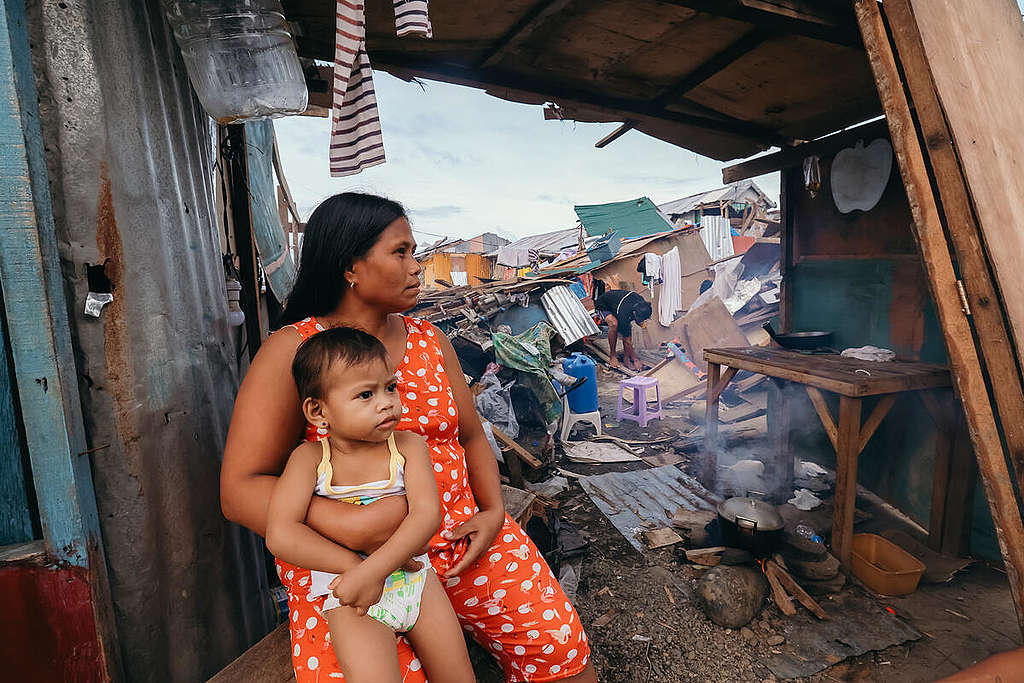
iv) Human rights-based approaches are needed
The IPCC also emphasised the need to take human rights-based approaches from the outset that focus on building communities’ capacities, ensuring meaningful participation in making the decisions that affect their lives, and providing access to financing and other resources communities need to adapt to climate impacts [11]. The Inter-American Commission on Human Rights recently said that “the human rights approach with a gender perspective and intersectionality is essential to address climate change and the threat it poses to people in the most vulnerable situations.” Human rights claims in court emphasise the reality of climate change on people’s lives, the high stakes of inaction, and already play a key role in climate litigation for many activists whether in the Philippines, South Africa, Argentina or in Europe.
In sum, the IPCC confirmed what frontline communities have been saying for years: “climate responses must centre justice [12].” They have introduced other frameworks of knowledge, weaving in historical context, traditional and local knowledge of place, intersectional experiences, and human rights-based responses to frame social justice as a key concern–as many plaintiffs in today’s climate cases do. As a powerful institution, this matters a great deal.
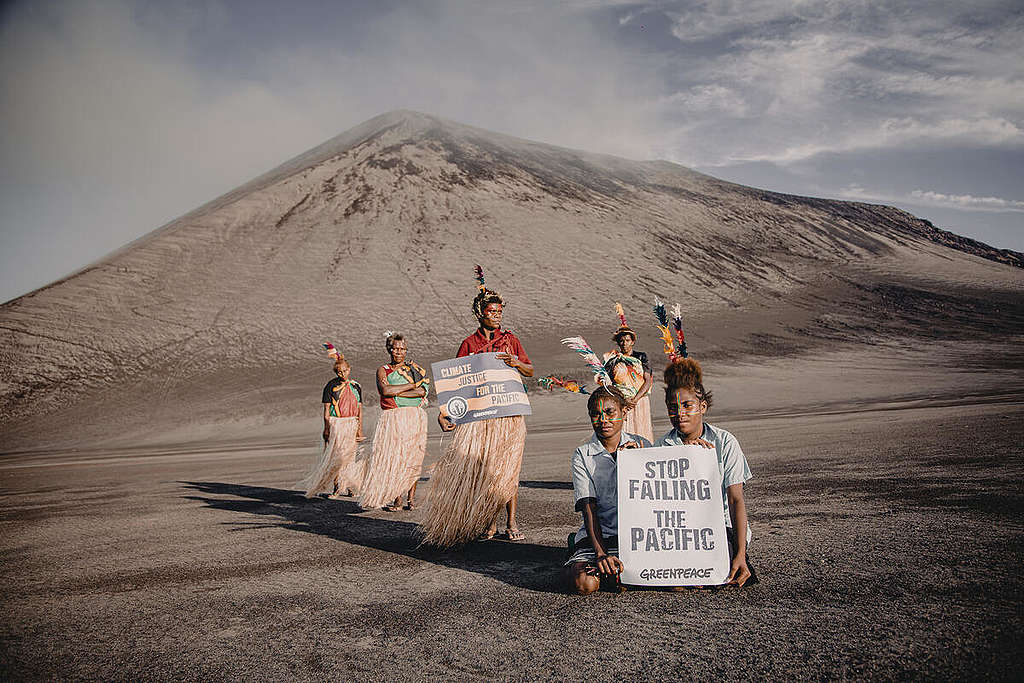
“Leaders must not fail those who elect them to lead”
If the latest IPCC report legitimated known histories, and represents an apocalyptic “atlas of human suffering,” we must continue to elevate the stories of courage, creativity and demands for justice of the people experiencing climate change first and worst. Among them are a rising number of protagonists in courts around the world who represent a tiny fraction of those who do not consent to being cast in a violent fantasy of “overshoot” and are trying to shape our institutions in line with the demands of climate science and justice. The IPCC report may help to bolster their claims. This much is clear: there is no room for denial, hubris and escapism now.
Whether we imagine this moment as a “rapidly closing window of opportunity [13]” or a portal to a liveable future, the last two weeks have taught us that governments and companies can move far and fast when they recognise a threat as real and imminent. The prevailing mantra, “not here, not now, not us, not me” can be replaced overnight for lives we deem grievable. As Barbados Prime Minister, Mia Mottley told her peers at COP 26 a few months ago, “leaders must not fail those who elect them to lead,” and ‘we need to continue to encircle and to remind those who are not ready to lead that their people need them to get on board as soon as possible.’ In 2022, frontline communities and climate activists worldwide are ready to remind them in court.
Amrekha Sharma is a Story Advisor for the Climate Justice & Liability Project at Greenpeace International
Links and references
- Mary Robinson, Climate Justice: Hope, Resilience and the Fight for a Sustainable Future (Bloomsbury Publishing, 2018) 8.
- Ibid.
- IPCC WGII TS.E.3.4 at TS-83.
- IPCC SPM-5.
- IPCC WGII SPM D.5.2 at SPM-35; WGII SPM D.2.1 at SPM-32.
- IPCC WGII TS.D.3.2 at TS-59.
- Arundhati Roy, An Ordinary Person’s Guide to Empire (South End Press, 2004).
- IPCC WGII SPM B.2 at SPM-11.
- IPCC TS-20 WGII TS.B.7.3.
- IPCC WGII SPM.B.2.4 at SPM-12.
- IPCC WGII, SPM D.2.1 at SPM-32.
- IPCC WGII TS.D.3.4 at TS-59; WGII SPM.C.5.6 at SPM-30, D.2 at SPM-32.
- IPCC WGII SPM D.5.3 at SPM-35.


